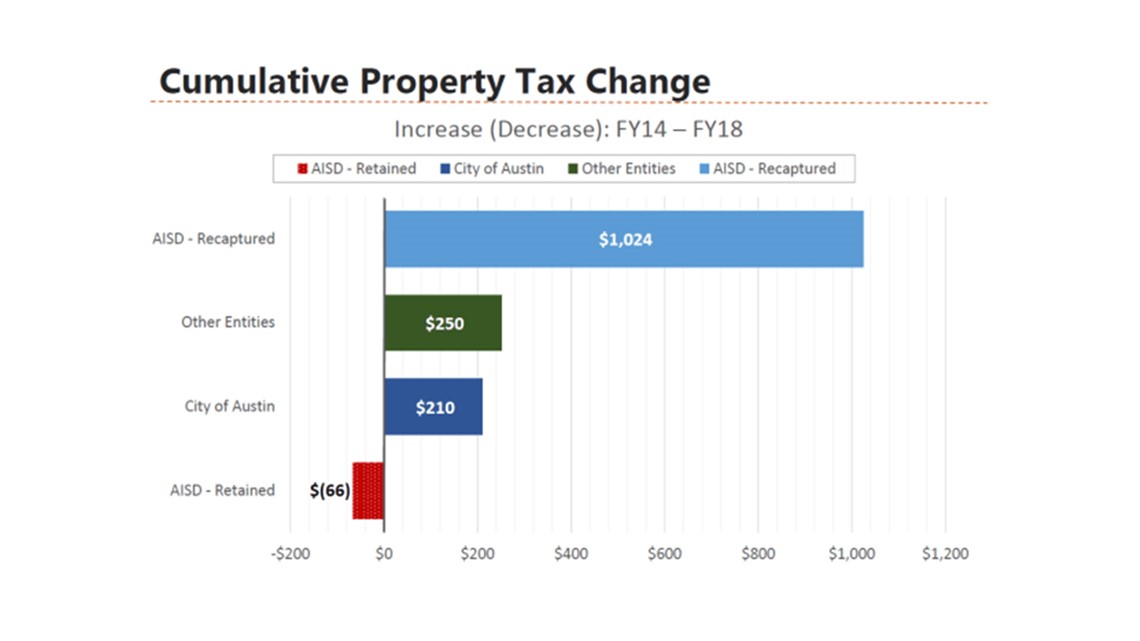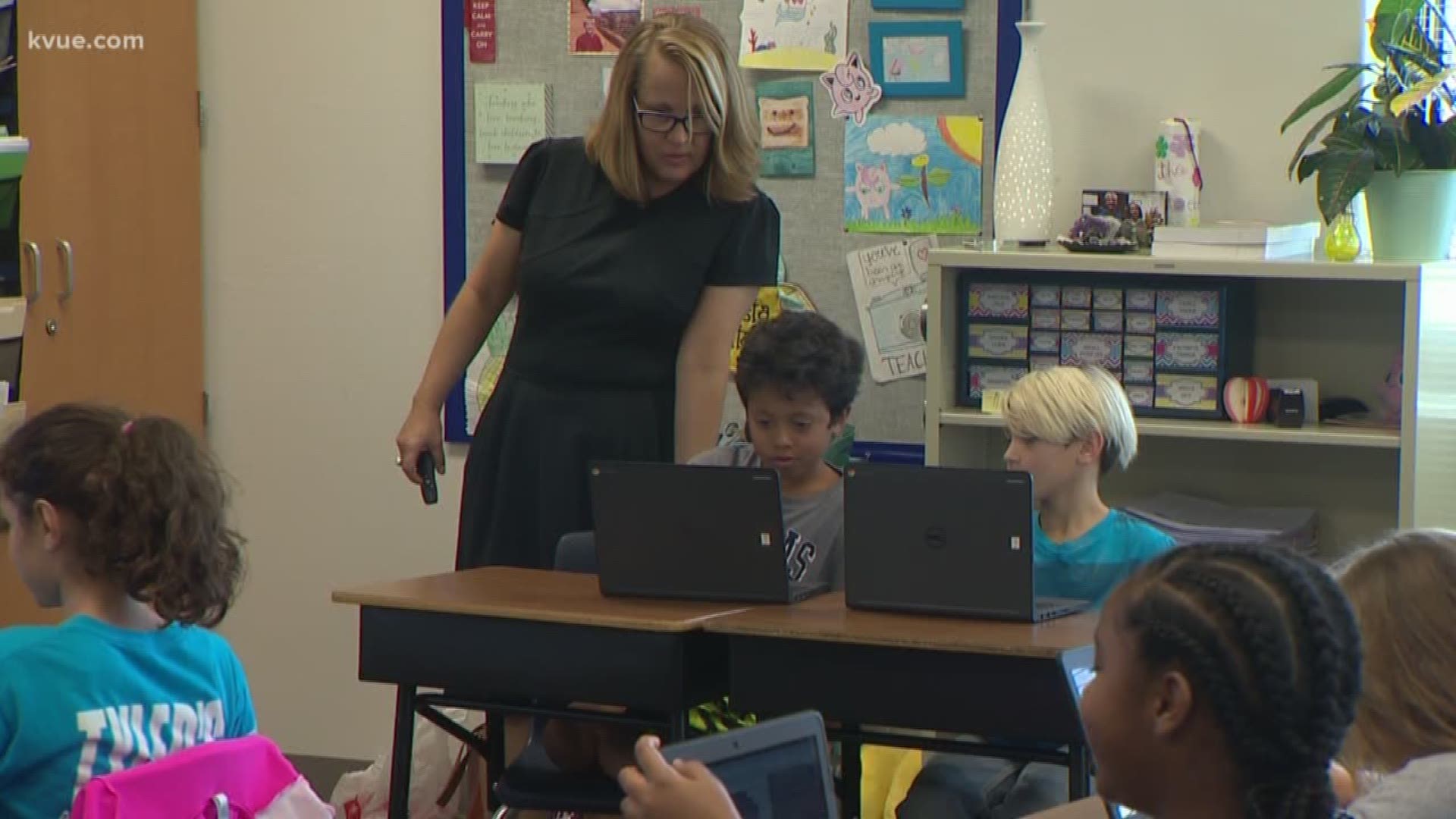TEXAS — As Austin's school district considers closing 12 schools, Texas' controversial Robin Hood system is up for debate once again.
Austin's school board was presented with a draft during their Dec. 10 work session that included the closure proposal. A school district representative said, "these are drafted options as part of our budget process, which will be complete in June 2019."
"We're prioritizing our budget to ensure every child will thrive in exemplary schools, read on level by third grade and excel with exceptional teachers," Superintendent Paul Cruz said in a statement.
If AISD agreed on the closure, which would happen over the next three years, the district would save $12 million. The proposal doesn't state which campuses would close, but said two schools could close as early as next year.
The proposal has people talking on social media, namely about the Robin Hood system.
RELATED:
The state of Texas contributes its share of money to local schools while property taxes make up the difference. It's a formula that, back in the day, started at nearly 50-50.
However, over the years, property taxes have continued to rise, and state funding has dropped.
So instead of contributing 50 percent to local schools, that share of state funding is expected to drop to about 40 percent in 2018.
Here's a breakdown KVUE's Terri Gruca put together in 2017 to explain how the Robin Hood system works.
This is a look at how much more people in Austin have paid into the Robin Hood program over the last five years.


Today, the average homeowner is sending to other school districts about $1,000 more than they did five years ago -- and is actually paying less to Austin ISD itself.
In November, KVUE's media partners at the Austin American-Statesman reported that Austin ISD's enrollment has declined by 1,600 students as adjacent school districts continue to grow.

